15 Iconic Pieces Of Furniture For Design Lovers
Iconic Furniture Designs You Should Know
When buying a new outfit you can get away with opting for something 'in vogue' that will be out of fashion next season (at least in terms of cost) but when it comes to investing in new furniture you're going to want to choose items with staying power. Luckily there are a whole raft of iconic furniture pieces, some of which have been around for nearly 100 years, that will never go out of style.
Want to make sure that your next home decor project stands the test of time? Starting to build a collection of furniture pieces that will never go out of style? Well then take the time to browse this list of iconic furniture and lighting designs for the modern home.
Barcelona Chair
The Barcelona Chair was designed by Ludwig Mies Van Der Rohe in 1929 for the German Pavilion at the Exposicion Internacional de Barcelona, though was actually used as a throne for King Alfonso XIII at the exhibition's opening ceremonies. Made from chromed steel with a stunning choice of leather upholstery, the chair is an instantly recognisable design classic.
Model: Barcelona Chair
Designer: Ludwig Mies van der Rohe
Year: 1929
Manufacturer: Knoll
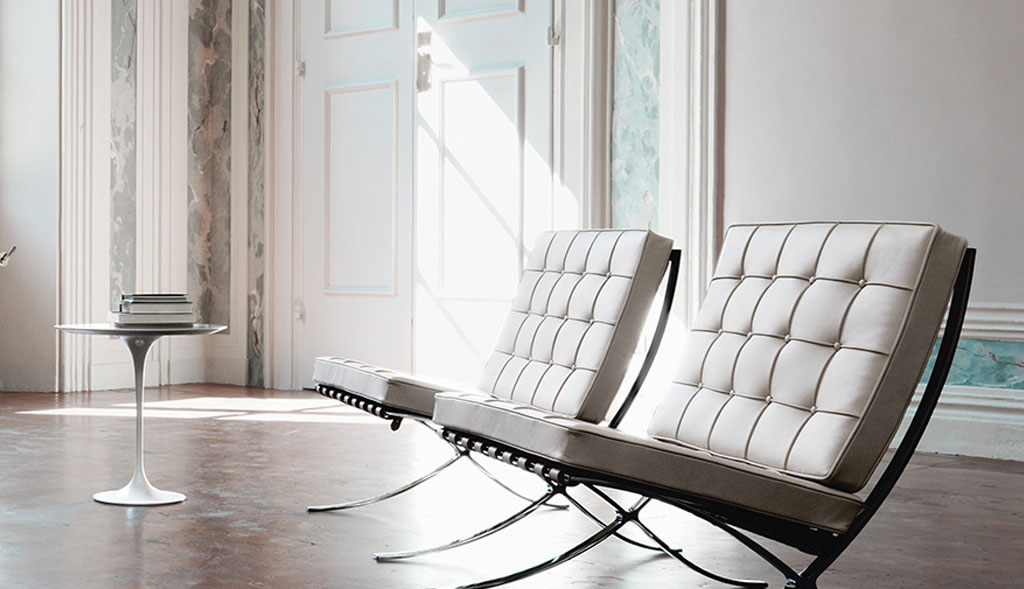
Eames Lounge Chair
This instantly recognisable lounge was designed in 1956 by husband and wife design duo Charles & Ray Eames. A design classic, the Eames Lounge Chair was created as a reinterpretation of the classic club chair and is widely seen as one of the most significant furniture designs of the 20th century. The wood veneer shell and leather upholstery was designed to provide the "warm receptive look of a first-baseman’s mitt".
Model: Eames Lounge Chair
Designer: Charles & Ray Eames
Year: 1956
Manufacturer: Vitra
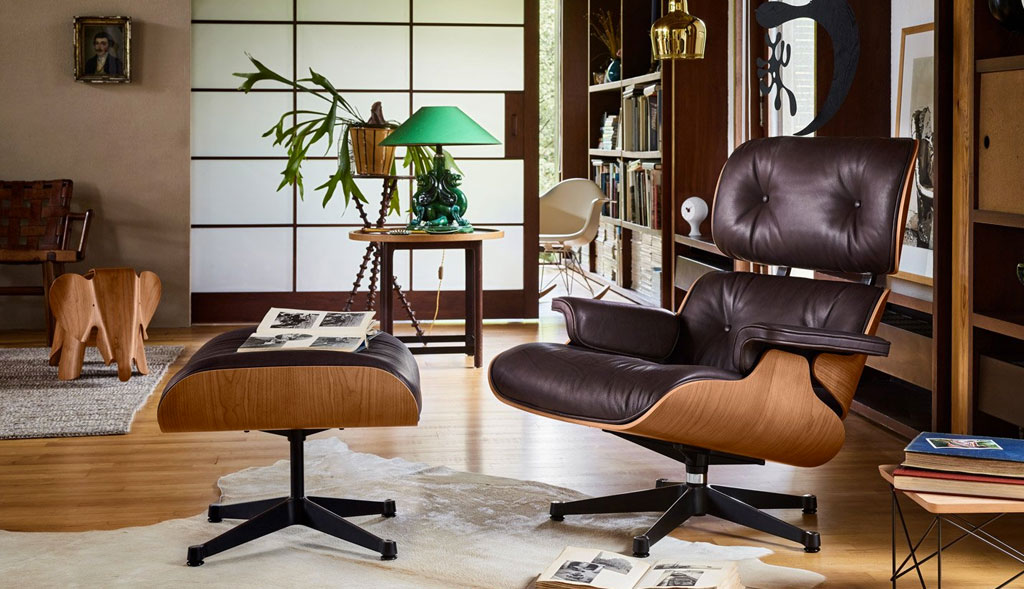
Arco Lamp
The Arco was designed to solve a simple problem: how to create overhead light from a floor lamp and thus negate the need for wiring it to the ceiling. With its heavy marble base, slender stem and unimposing shade, the Arco smashed the brief. If you've spent any time in modern lighting stores it'd be easy to think "I've seen that a million times before" but when you consider the origin it becomes clear that lighting design was changed forever, back in 1962.
Model: Arco Lamp
Designer: Achille Castiglioni
Year: 1962
Manufacturer: Flos
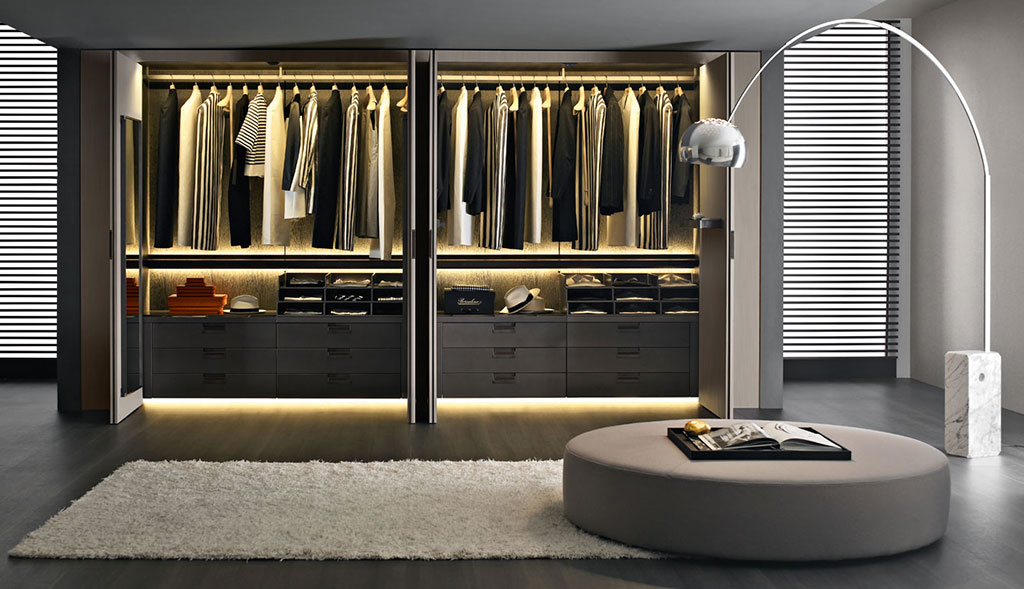
PH5 Pendant Lamp
The PH 5 Pendant Light was a revolutionary piece of lighting design that allows careful distribution of the light. The shade elements on the PH 5 are mathematically shaped and assembled in such a way that the bulb is covered and light is directed downward, creating a soft, diffused effect. Even back in 1958 Henningsen was acutely aware of the importance of light and how altering the harshness of electrical light could have mood-altering effects.
Model: PH 5 Lamp
Designer: Poul Henningsen
Year: 1958
Manufacturer: Louis Poulsen
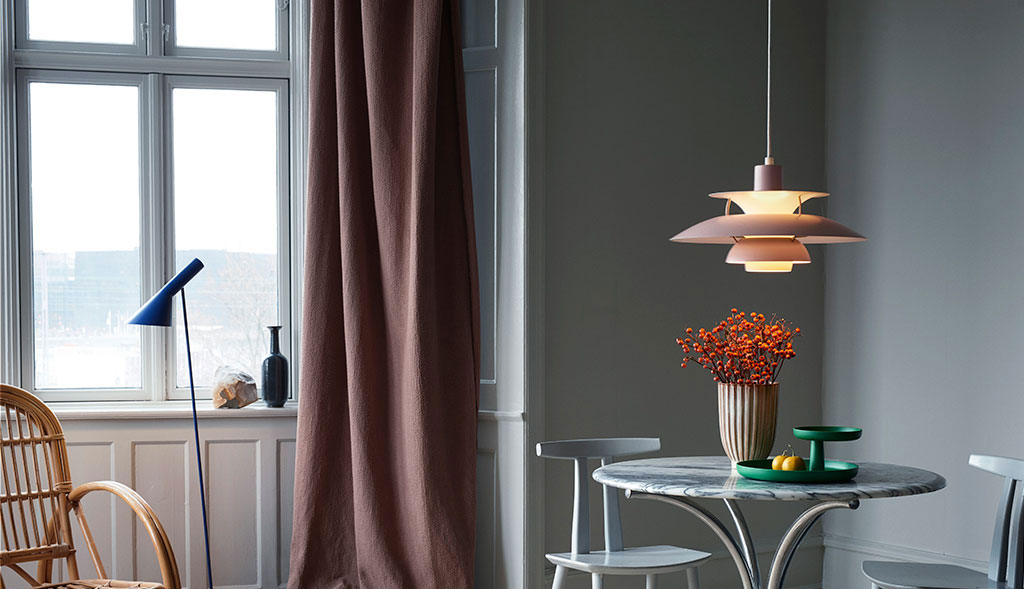
Noguchi Table
It is often argued whether the Noguchi able is a piece of art of a piece of furniture, owing to its impeccable shape and form. The table's modernist designer Isamu Noguchi himself describes it as "sculpture-for-use" stating that the table is his best piece of furniture design. First produced 1944, the table features a heavy glass tabletop that rests on two interlocking identical organically shaped base elements, thus creating a harmonious furniture sculpture.
Model: Noguchi Table
Designer: Isamu Noguchi
Year: 1944
Manufacturer: Vitra
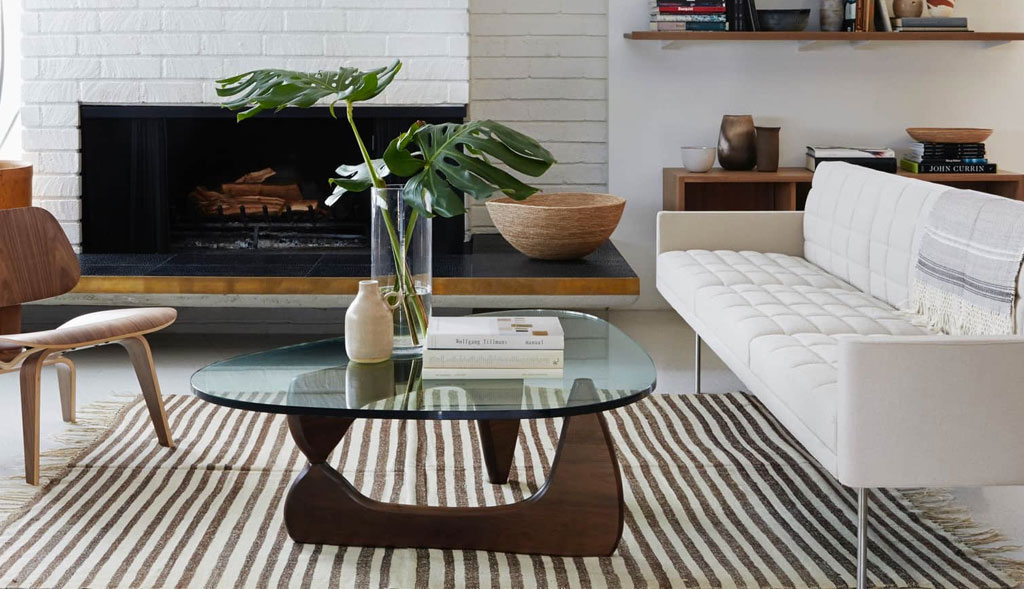
LCW Lounge Chair
TIME magazine once called the LCW the 'chair of the century' describing it as “something elegant, light, and comfortable. Much copied, but never bettered.” This iconic furniture design was the result of the Eames' revolutionary experiments with moulding plywood into organic forms - a process they originally carried out with thin pieces of wood and a bicycle pump compressor.
Model: LCW Plywood Chair
Designer: Charles & Ray Eames
Year: 1945
Manufacturer: Vitra
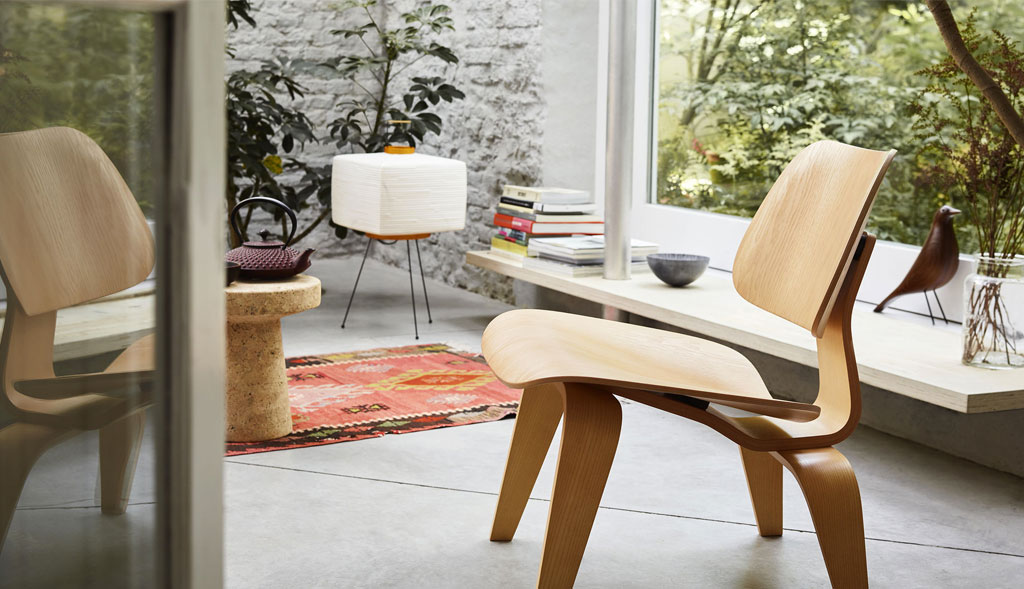
Egg Chair
Unmistakably 1950's yet truly timeless. Originally designed for the SAS Royal Hotel in Copenhagen, the curving organic form of the Egg chair was a soft contrast to the hard edges of Denmark's first skyscraper.Jacobsen used newly developed moulded foam to produce the seat’s inner shell, which he first sculpted in clay at his home. The unique shape, on its star-like swivel base, was era-defining and earned the chair the status of design icon.
Model: Egg Chair
Designer: Arne Jacobsen
Year: 1958
Manufacturer: Republic of Fritz Hansen
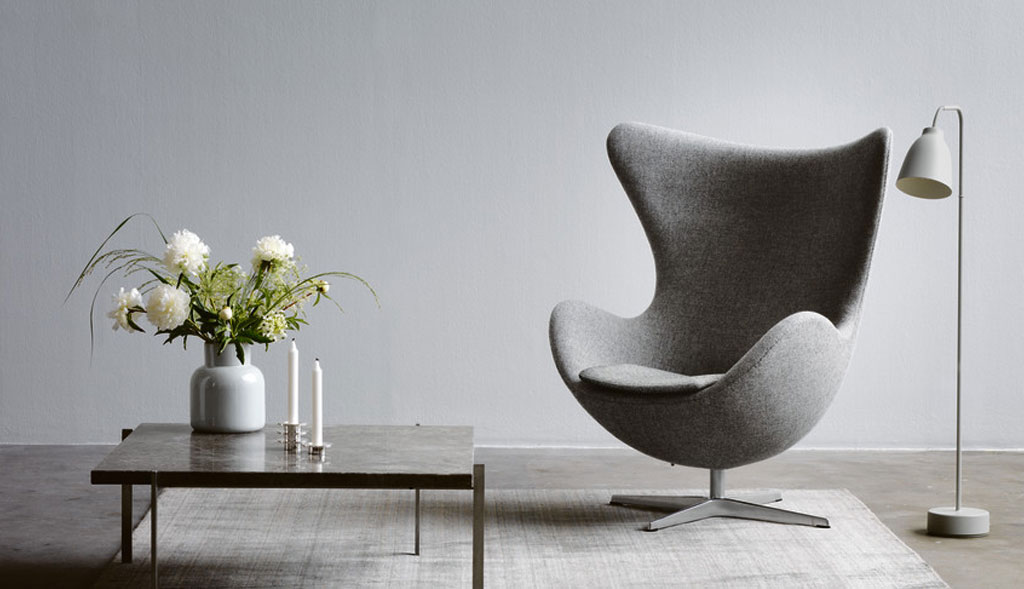
Wassily Chair Model B3
The Model B3, more commonly referred to as the 'Wassily Lounge Chair' has evolved as a symbol of modernism and remains among the most famous of the Bauhaus chairs. The chair totally transformed traditional chair design - tightly stretched leather replaced traditional heavy upholstery while the frame introduced a revolutionary use of tubular steel which was to be adopted by other designers as a saw it gain design icon status.
Model: Wassily Chair Model B3
Designer: Marcel Breuer
Year: 1925
Manufacturer: Knoll
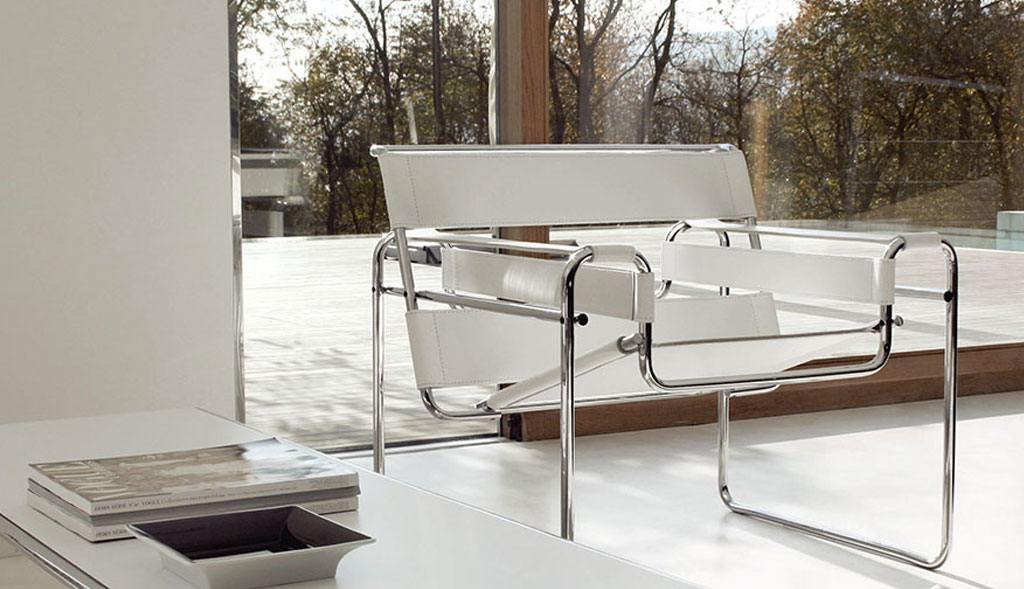
LC4 Chaise Longue
“Homes are machines to live in”. And what's an armchair then? “A machine to relax in, of course!” This was the thinking of the LC4's designer and pioneer of the modernist movement, Le Corbusier. The Lc4's curved frame rocks backwards and forwards following the incline of the body, made more comfortable by adding a thin mattress and a padded cylindrical headrest. Following its design in 1928, the Lc4 almost instantly became the archetypal chaise-longue.
Model: LC4 Chaise Longue
Designer: Le Corbusier
Year: 1928
Manufacturer: Cassina
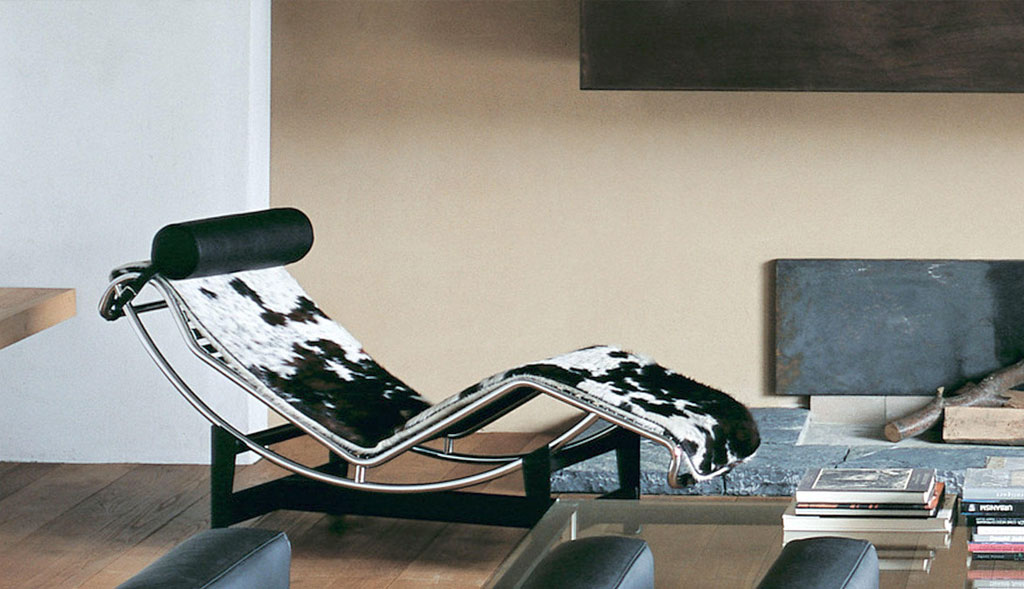
Stool 60
Alvar Aalto was a pioneer of wood-bending and laminating, constantly experimenting with manufacturing methods in a bid to achieve an efficient product that could be replicated on a large scale. His invention of the L-leg was an incredible leap forward and its safe to say his work paved the way for the likes of Eames' LCW chair mentioned above. Based around three bent legs and a round seat, the Stool 60's seeming simplicity is the key to its success.
Model: 60 Stool
Designer: Alvar Aalto
Year: 1933
Manufacturer: Artek

Nelson Bench
A landmark of modern design, the Nelson Bench is equal parts seat and surface (its finger-jointed slatted top adding enough strength to be used as a seat). It's clean, rectilinear lines reflect designer George Nelson's architectural background and insistence on what he referred to as "honest design" - making an honest visual statement about an object's purpose. With unison of beauty and function the bench is seen as a visual representation of the modernist ideals.
Model: Nelson Bench / Table
Designer: George Nelson
Year: 1946
Manufacturer: Vitra
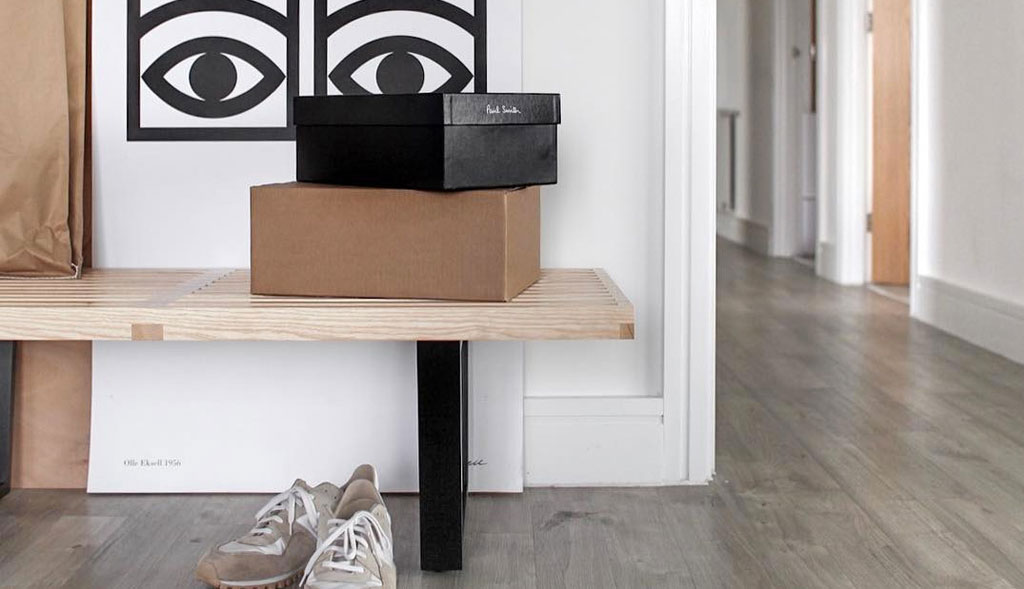
String Shelving
There are many reasons for String Shelving becoming one of the twentieth century's foremost iconic furniture designs. It is easily assembled, endlessly configurable, affordable, cheap to transport as a flat package, equally suited to small and large spaces...we could go on. Designed in 1949 by Nils Strinning, this light and economical shelving system is a much loved minimal Scandinavian design that is currently being recognised the world over.
Model: String Shelving
Designer: Nils Strinning
Year: 1949
Manufacturer: String
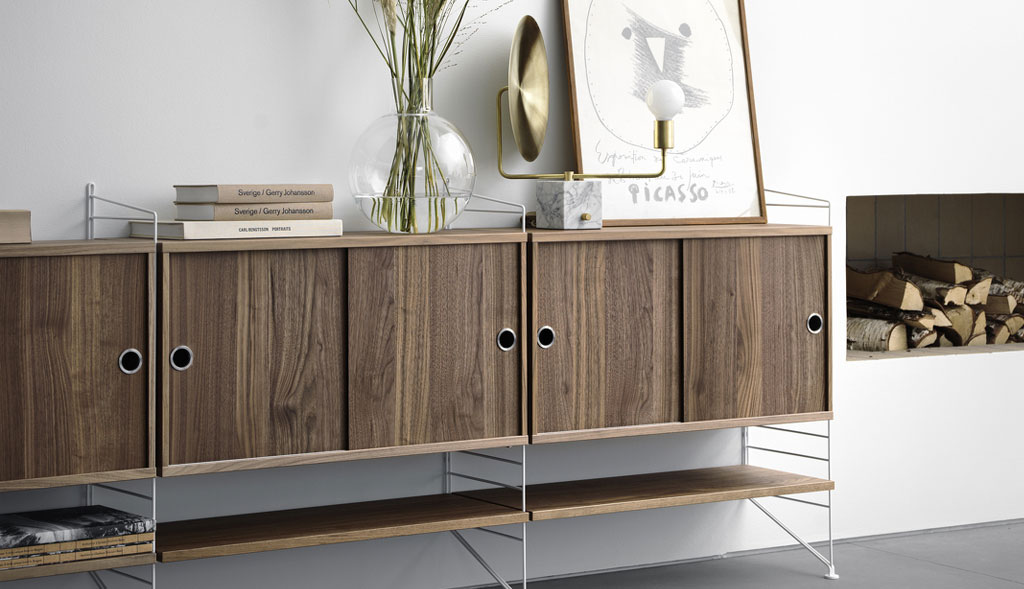
Wishbone Chair
Hans J Wegner if affectionately referred to as the 'Master of the chair' and although he designed more than 500 chairs in his lifetime, it is the CH24 Wishbone Chair that is considered by many to be his greatest. A modern (even back in 1949) update on the Chinese Quan Yi ceremonial seat, the CH24 Wishbone Chair (the name coming from it's Y-shaped back support) is effortlessly simple, beautifully tactile and unmistakably Danish.
Model: Wishbone Chair
Designer: Hans J Wegner
Year: 1949
Manufacturer: Carl Hansen & Son
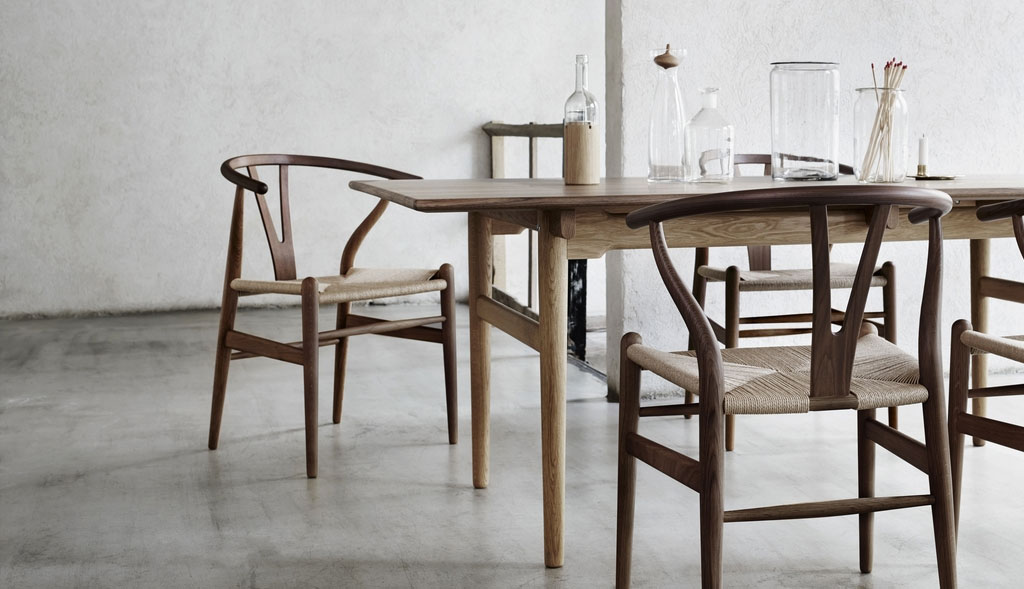
Florence Knoll Sofa
Florence Knoll is the design director of manufacturing company Knoll and is responsible for acquiring the design services of top-tier designers such as Mies van der Rohe and Eero Saarinen. However, many of the pieces in the Knoll catalogue are her own designs. The Knoll sofa is an iconic piece in its own right, and sums up Florence Knoll's attitude to aesthetics: square geometry, a mix of textiles and steel, and a clean form that still looks modern today.
Model: Knoll Sofa
Designer: Florence Knoll
Year: 1954
Manufacturer: Knoll
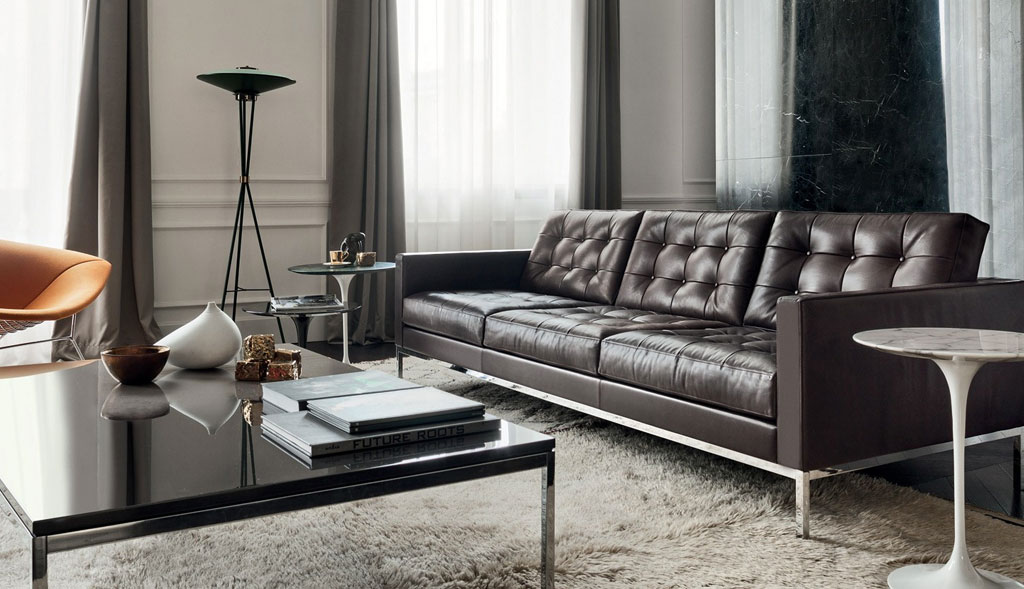
Panton Chair
If we had to pick a design that is emblematic of the 1960's, the Panton Chair would be it. Vernor Panton's pioneering chair is more than a psychedelically curved object - it is a technical marvel. Designed in 1959/60 the Panton Chair was one of the first stackable plastic chairs and the very first chair to be produced from a single solid plastic mould. It has been in continuous production since its release - now that's the sign of a true piece of iconic furniture.
Model: Panton Classic Chair
Designer: Vernor Panton
Year: 1959/60
Manufacturer: Vitra
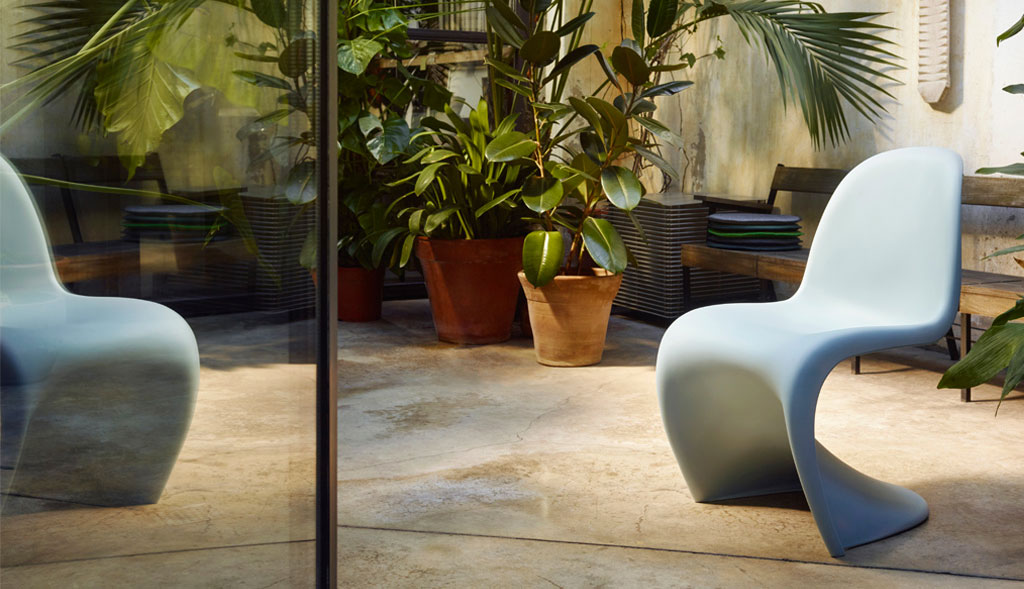
Time for more? Top 20 New Releases of 2018 | 10 Pinterest Boards For Scandinavian Design Lovers | The 20 Home Accessories People Are Loving This Year
Header image credit: Chastity Cotrijo via Unsplash.
-
InspirationCopenhagen | A Visual DiaryRead More
Photographic highlights from 3DaysOfDesign 2025 3daysofdesign continues to be one of the most inspiring events on the calendar. Not just because of the design (though the work shown is exceptional) but because of the energy that fills the city during...
-
InspirationReclaim The Big LightRead More
Is it time to reevaluate our relationship with overhead lighting? The "Big Light" is often maligned these days. The overhead light that sits at the centre of most living rooms, kitchens and dining spaces has been decried by social media...

